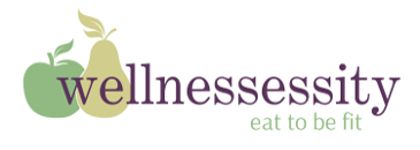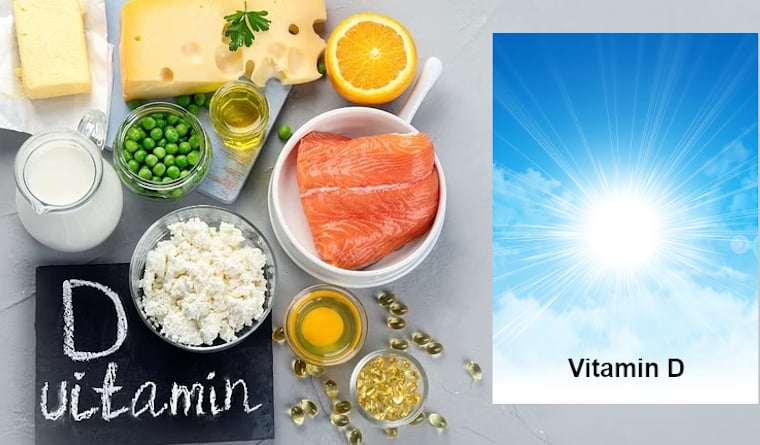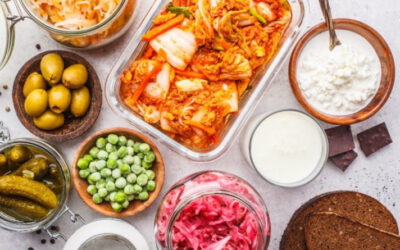It comes as no surprise that vitamin D takes centre stage while most North Americans are on a quest for immune prosperity.
Appropriately named the sunshine vitamin, it’s the only nutrient produced in your skin in response to sunlight.
As a fat-soluble vitamin, it belongs to a family of compounds which includes vitamins D-1, D-2, and D-3.
Specifically, ultraviolet B (UVB) radiation from sunlight triggers the formation of vitamin D3 from the compound 7-dehydrocholesterol in the skin.
A similar process takes place in plants and mushrooms, where UVB light leads to the formation of vitamin D2 from ergosterol, a compound found in plant oils. Unlike dietary vitamin D, you cannot overdose on vitamin D3 produced in your skin. If your body already has enough, your skin simply produces less.
Since vitamin D is fat-soluble, it’s better to choose oil-based supplements or take them with food that contain some fat.
The vitamin comes in two main forms: Vitamin D2 (ergocalciferol) and Vitamin D3 (cholecalciferol).
Vitamin D3 is only found in animal-sourced foods, whereas D2 mainly comes from plant sources and fortified foods.
Since most people spend more time indoors, are exposed to pollution and wearing sunscreens, our bodies requirements are more so than they ever were. Navigating both worlds between foods and supplements can be a challenge especially today. Here are a few easy tips to ensure you’re doing it the right way.
Foods should be your main “go-to” for ensuring you’re supplying your body with its requirements.
Salmon (D3) – whether it’s wild or farmed can make a big difference. Wild is optimal for the boost of I.U it contains in comparison to farmed.
Fatty fish (D3) – types like wild herring, sardines, halibut, tuna and mackerel are also great sources. Canned tuna can contain high levels of methylmercury, so moderation is key while enjoying the ocean’s delicacies.
Eggs (D3) – while most of the protein in an egg is found in the white, the fat, vitamins and minerals are found mostly in the yolk.
D levels in the egg yolk depend on sun exposure and the vitamin D content of the chicken feed. When given the same feed, free-range and/or organic chickens that roam outside in the sunlight produce eggs with levels 3–4 times higher.
Mushrooms (D2) – did you know that they’re the only plant protein that can synthesize their own vitamin D in response to UV light?
Fortified foods (D2) – like breads and cereals, milks (dairy and vegan) and oranges all contain D3 in levels appropriate to be deemed as vitamin D foods.
In my practice, I always suggest food as the primary way to incorporate essential nutrients into the body. Supplementation is a close second.
Naturally, every body has varying requirements. If you haven’t had your D levels checked, it’s a simple requisition form you can request by your family doctor for a small fee. This can guide you in the right direction of knowing how much of these foods to incorporate into your regimen and determining if supplementation is ideal for you.
Remember that taking vitamins in the wrong dosages (especially fat-soluble ones) can be a health hazard. So if you’re considering it, consult with a professional to determine how much is right for you.




